Nu pierdeți cele mai bune locuri de muncă!
Abonează-te și săptămânal iți vom trimite un email cu ultimele locuri de muncă disponibile. Introdu adresa ta de email mai jos
Brazil is a country that is almost as big as a continent, which means that there is a lot of diversity throughout the different areas. Language, culture and cuisine all vary depending on the region, but Brazilian cuisine as a whole takes its major influences from Europe and Africa, but there are such a plethora of immigrant influences on the culture that the cuisine has evolved into its own national flavour.
Two of the most basic ways that main meals are served by restaurants is by buffet or with a main meat and Prato Feito, more simply known as PF. PF is what you will find as a typical main dish in restaurants, with a meat of chicken, beef, fish or stew along with beans, rice, farinha, and salad.
Salgadinhos
Salgadinhos are savoury finger foods that are filled with an assortment of cheese, vegetables, or meat stuffing all packaged in baked or fried dough. They vary in size and filling, but all cost about the same cheap price.
A coxinha is a croquette filled with chicken, that is shaped like a chicken thigh , which is where its name comes from. Quibes are similar to the Lebanese dish kibbeh, which is a croquette made with cracked wheat and filled with meat or cheese. Pastéis, which are like empanadas, but actually come from Japanese origins and use the shape of the treat to distinguish the different flavours. Half moons usually mean cheese and square ones contain meat. An Empada is a small version of a pot pie and are filled with peas, flour, chicken or shrimp and palm hearts.
Bobó de camarão
This dish has an African heritage, which makes sense given that this is one of the most iconic dishes from the Bahia region, an area known for the large Afro-Brazilian influence. This dish is a purée of manioc meal, coconut milk, herbs and spices and a few other ingredients. Usually served with rice, but can sometimes be served on its own.
Goiabada
This is a paste made from guava, sugar and water. It can be served with cheese, which is a combination known as Romeo and Juliet, or can sometimes be found in buns that are peddled by street vendors.
Tapioca
This starch is made from cassava is made into coarse flour, which is then moistened and sprinkled on to a hot griddle that causes the flour to form into a pancake with a grainy texture. It can be eaten a variety of ways, including buttered like toast, or more like a crepe filled with savoury or sweet fillings.
Feijoada
Considered the national dish of Brazil, this dish is made with black beans, and a variety of pork or beef products, and vegetables. The pork products can range from pork trimmings such as ears, nose and feet, ribs and smoked sausage, while beef products are usually loin or tongue. Potatoes, carrots, pumpkin, cabbage, even banana are added into the stew last so that the vapors from the meat are what cook the vegetables. This stew is usually a dark purple brown that tastes moderately salty and has a strong taste of the black beans and whatever choice meats were added.
Acarajé
This street food has African origins and is made of mashed black-eyed peas and onions which are then deep fried in palm oil. The fried mass is then cut in half and filled with a variety of savoury mixtures, one of the most popular being dried shrimp, nuts, tomatoes and spices.
Pão de queijo
You can’t go wrong with simple cheese and bread. This snack is found all over the country and can be eaten at any time throughout the day. What differentiates this combination of bread and cheese from others is that it is crispy on the outside, chewy inside and made with tapioca flour, eggs and grated cow’s milk cheese. These cheese balls are usually about as big as golf balls but sometimes they are made as big as fists or even cakes.
Vatapá
Served either with rice or sometimes with acarajé this dish is made with peanuts, coconut milk, bread and palm oil ground together, and then shrimp is added.
Churrasco
Barbeque is one of Brazil’s trademark foods. The variety of meat products that can be cooked ranges from chicken hearts to sausages, to slabs of beef and more! A "churrasqueira" is a specially built grill that has spits and skewers for the meat. Sometimes these "churrasqueiras" are portable and usually are just skewers over embers of charcoal or wood.
Acai
This special Amazonian fruit claims super food properties and is incredibly delicious! This hard purple berry is swerved as a sweet frozen sorbet and tastes amazing when bananas, or any variety of fruits, are added on top. Granola is also a popular addition to this energy-boosting snack. You can also find smoothies and juices that utilize this tasty fruit, and even açaí flavoured vodkas and beers exist.
Deep Fried Cassava
This dish will taint your appetite for French fries. Fried cassava is the Brazilian version of French fries, and is made of cassava. Usually served as an appetizer, side dish or bar food.
Buchada
Interested in trying something that you may have never even thought to eat before? Made from diced goat organs that are then sewn into a goat’s stomach and boiled, then served with vegetables.
Moqueca
A thick stew, popular especially in Bahian cuisine, has seafood as its main ingredient, cooked and served in a beautiful broth of onions, coconut milk, tomatoes, and palm oil known as dendê. The African origins of this dish come from the tradition of cooking fish in moquecas in the hold of slave ships traveling from Africa to Brazil with slaves to work in the mines and plantations. Seafood selections range from fish, to shrimp, to lobster and even sting ray.
Brigadero and Beijinho
This dessert is made from mixing condensed milk, cocoa powder and powedered chocolate together. These delicious chocolate balls are then rolled in chocolate sprinkles. A variation is a beijinho that is usually served with brigaderos at parties. Instead of using chocolate powder, beijinhos use grated coconut.
Sign in to publish a comment
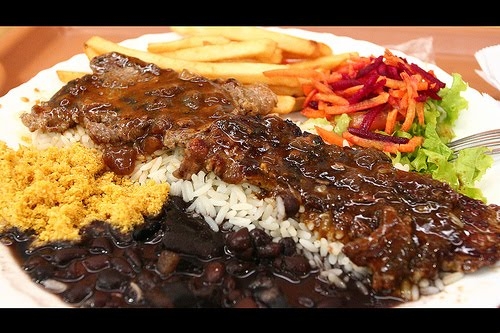
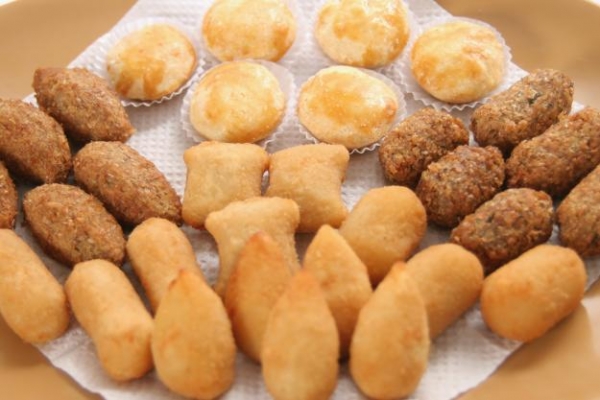
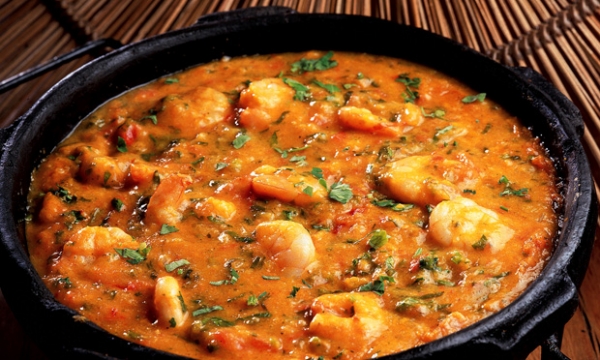
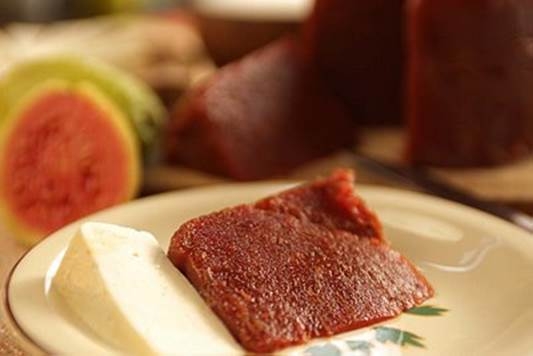
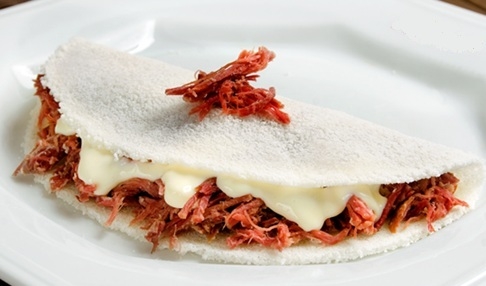
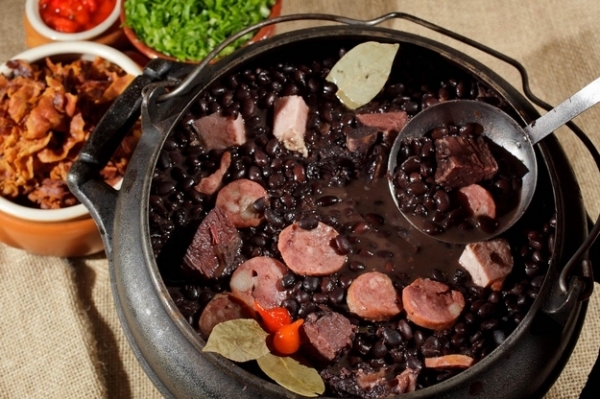
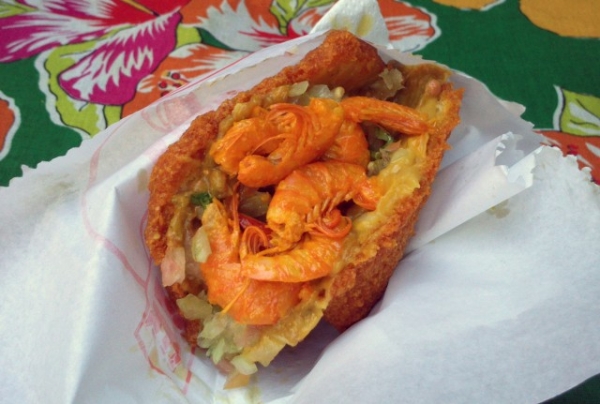
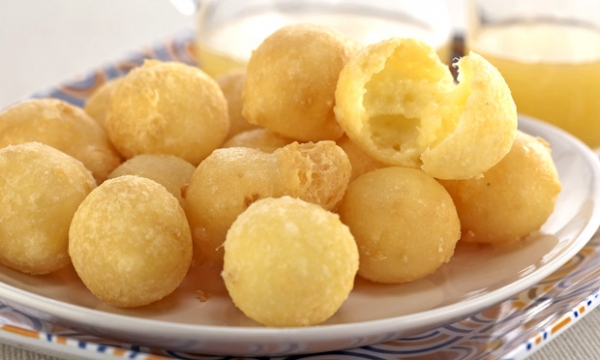
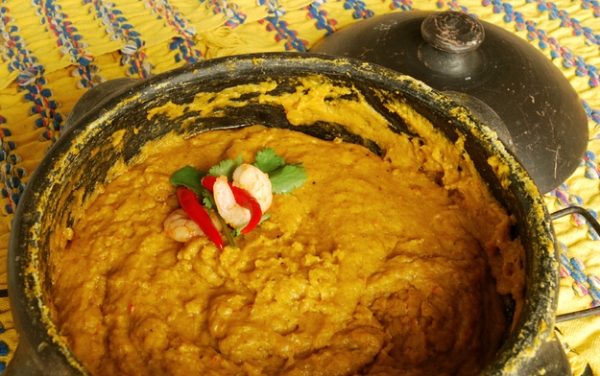
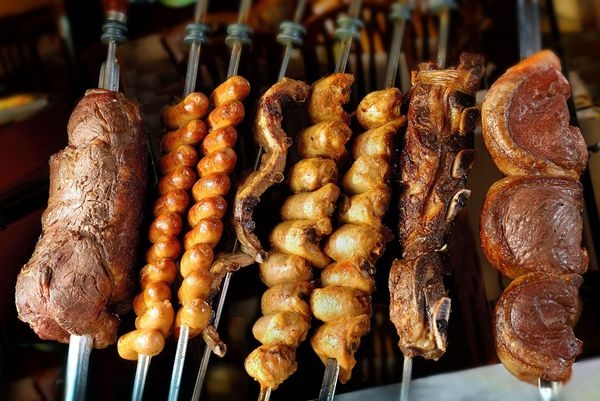
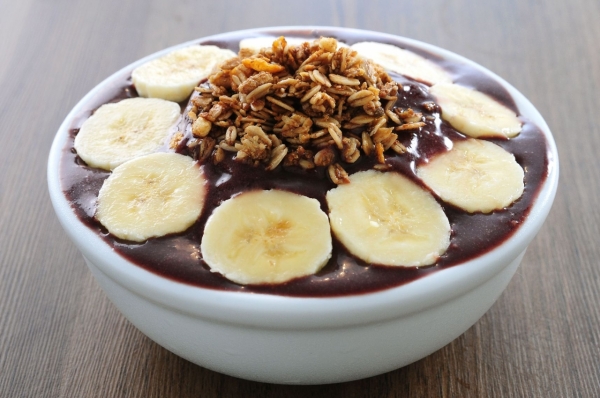
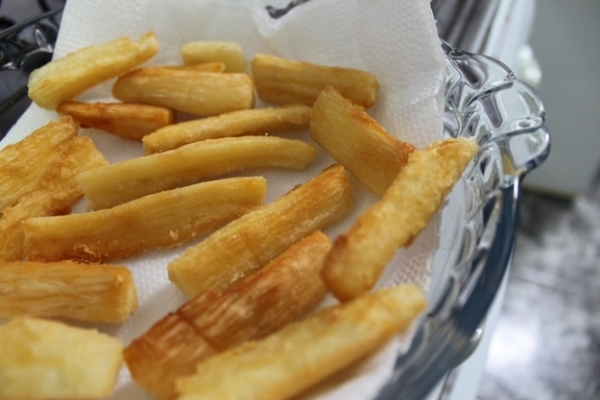
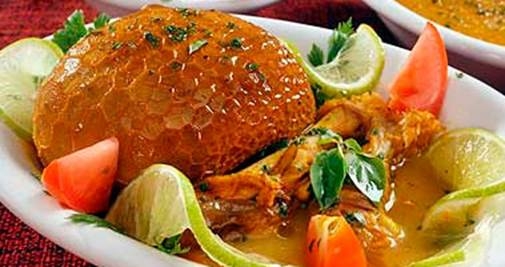
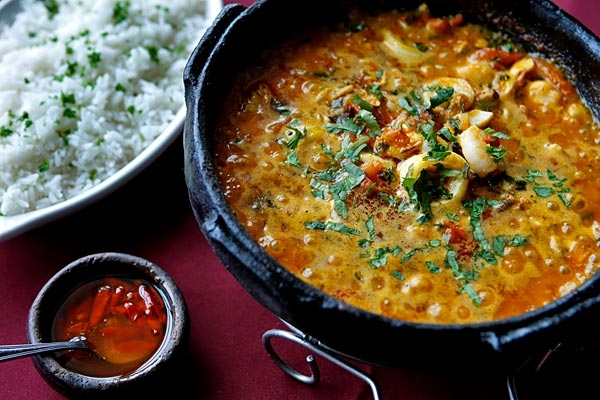
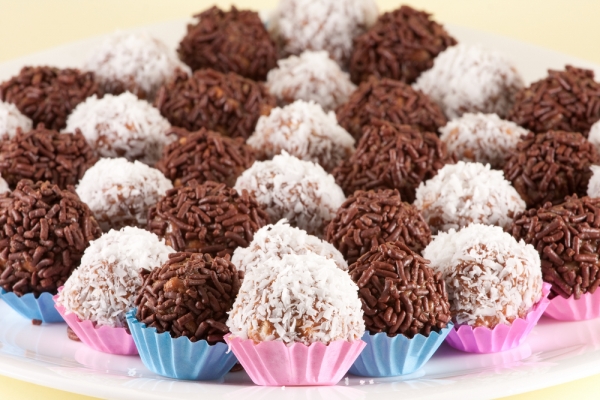
Be the first to comment on this post.